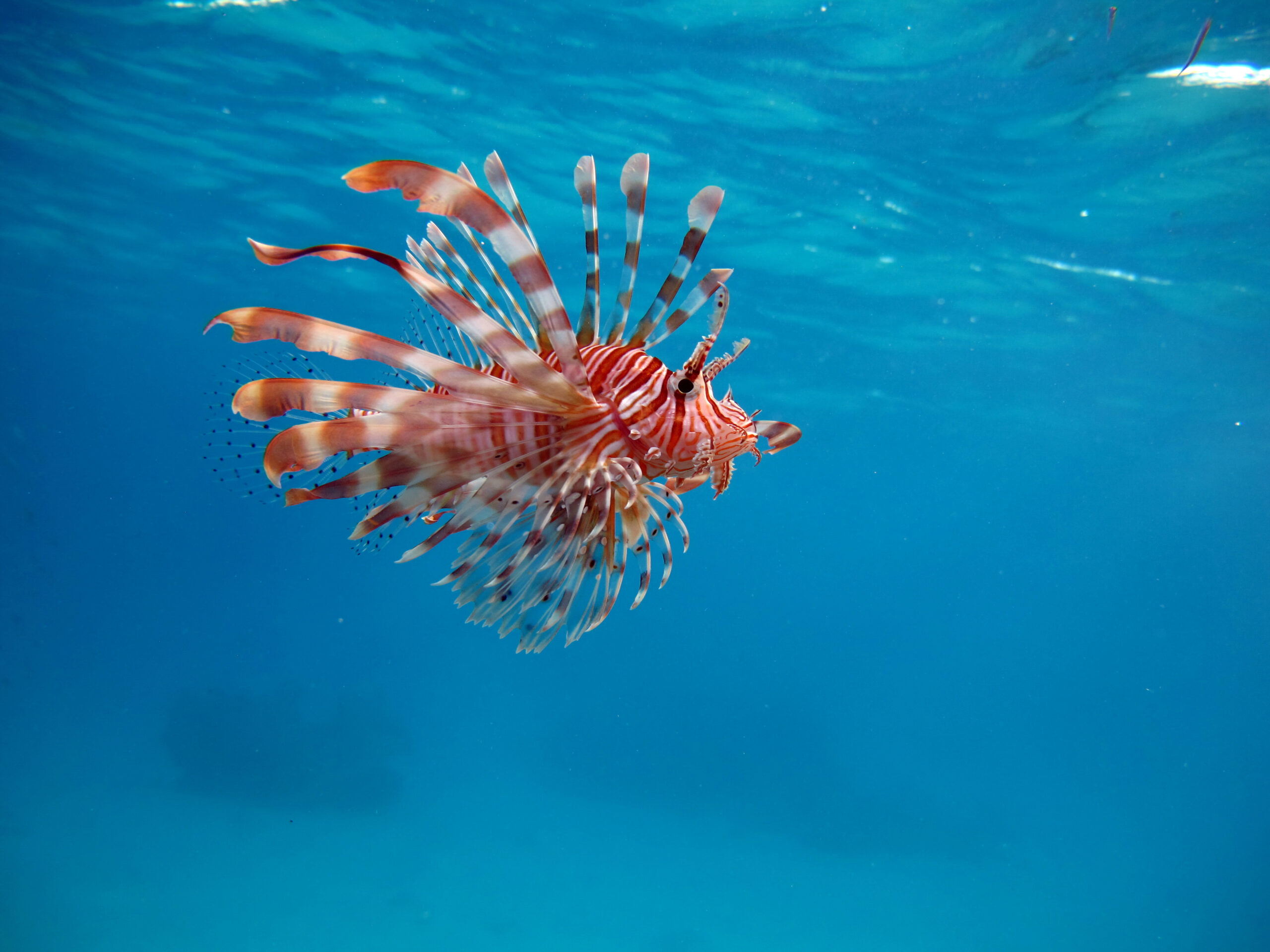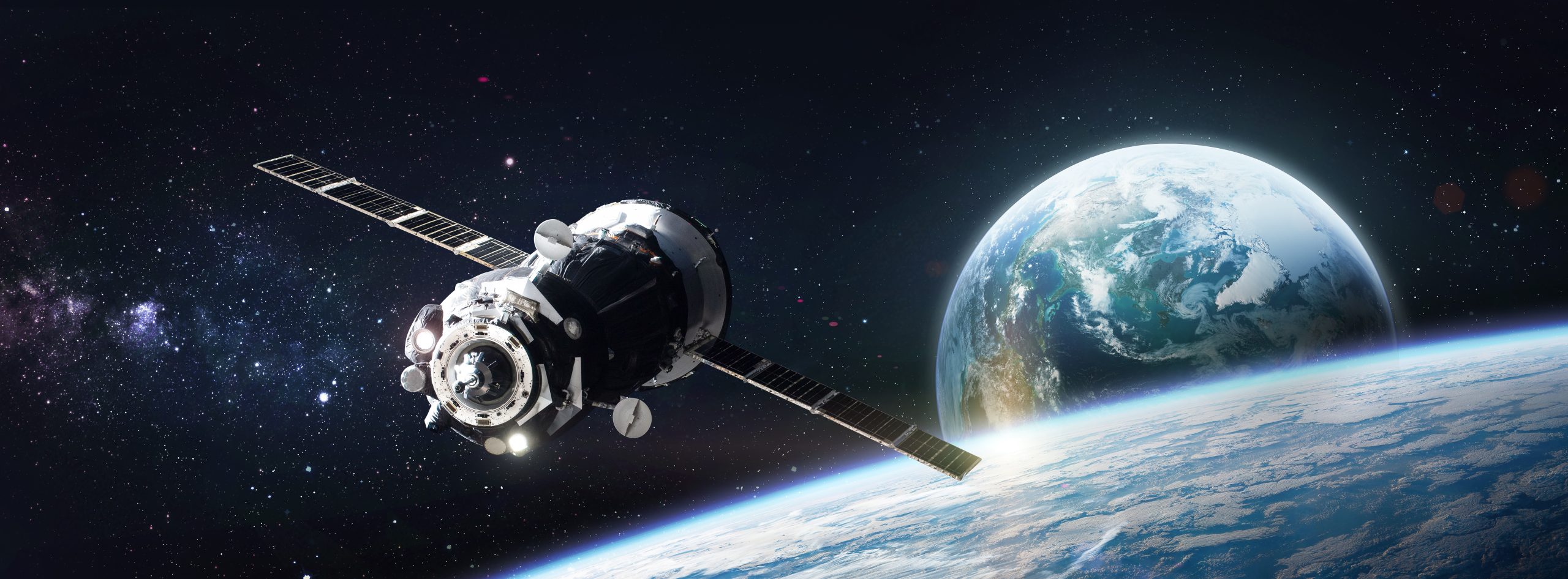By: Megan Bailey
The health of our oceans and coasts is under unprecedented threat, not just from pollution and overfishing, but also from a less visible danger: invasive species. These silent invaders, once introduced into new ecosystems, can cause significant environmental harm, disrupt marine biodiversity, and lead to substantial economic losses.
The Nature and Origin of Invasive Marine Species
Invasive species are organisms that are introduced to a region where they do not naturally occur. This introduction, often a result of human activity such as shipping, aquaculture, and the aquarium trade, allows these species to establish themselves in new environments where they may have no natural predators.
For instance, the term “Asian carp” refers to a collection of species such as bighead, silver, grass, and black carp, which were introduced into the southern United States during the 1960s and 1970s. Their initial purpose was to manage algae and vegetation in fish farms and wastewater ponds. However, due to floods and various other reasons, these sizable fish found their way into natural water bodies and quickly turned problematic by consuming large amounts of plankton, a crucial food source for native fish species. Other notable invasive aquatic species include varieties of tilapia like the blue and Mozambique, the lionfish in the Atlantic, and the zebra mussel in the Great Lakes.
Ecological Impacts
The ecological consequences of invasive species in marine environments are profound and multifaceted. They compete with native species for food and habitat, often leading to a decline or even extinction of indigenous populations. Approximately 42 percent of threatened or endangered species are at risk due to invasive species (National Wildlife Federation).
Invasive species can also alter habitats and change the structure and function of ecosystems. For instance, the introduction of invasive seagrasses can shift sediment characteristics, affecting the local marine fauna dependent on natural conditions.
Economic and Social Consequences
The economic repercussions of invasive marine species are equally concerning. A 2021 study estimated that invasive species have cost North America $2 billion per year in the early 1960s to over $26 billion per year since 2010 (Crystal-Ornela, R. et al. 2021). They can impact fisheries, aquaculture, and tourism – industries that many coastal communities rely on for their livelihoods. Invasive species management and control efforts also require significant financial resources.
The economic burden of controlling the lionfish population, for instance, is an ongoing challenge for many Caribbean nations. It has been estimated that Lionfish could impact the Caribbean’s $2.1 billion dive tourism industry, as they have the potential to greatly reduce the diversity (and thus the attraction) of the reef ecosystem. Divers and swimmers also become at risk of being stung by the venomous fish (World Resources Institute).
Strategies for Mitigation and Management
Addressing the challenge posed by invasive species necessitates a coordinated global response. Prevention is the most cost-effective management strategy, requiring stringent biosecurity measures at borders and stringent regulations for ballast water discharge from ships. Early detection and rapid response mechanisms are crucial for containing and eradicating invasive species before they become established.
Additionally, public awareness and education play a vital role in preventing the spread of invasive species. For example, someone who brings firewood for camping from another state might unknowingly be bringing an invertebrate or plant along with them. One way to help curb the spread of invasive species is by planting native plants in your yard and removing any invasive species you find.
The Role of Research and Collaboration
Understanding the complex dynamics of marine ecosystems and the potential impact of invasive species requires ongoing research. Marine biologists, ecologists, and environmental scientists are at the forefront of studying invasive species, developing methods to control their spread, and restoring affected habitats. Collaboration among governments, non-government organizations, and the international community is essential to develop and implement effective policies and strategies to combat this global threat.
The silent invasion of our oceans and coasts by invasive species is a pressing environmental issue that demands immediate and concerted action. By enhancing our understanding, strengthening regulations, and fostering global cooperation, we can protect our marine ecosystems for future generations. It is our collective responsibility to address this challenge head on, ensuring the health and resilience of our oceans and coastal communities.
The Silent Invaders serves as a call to action for everyone involved – from policymakers and scientists to the general public – to recognize the severity of the invasive species problem and to work together towards sustainable solutions.





